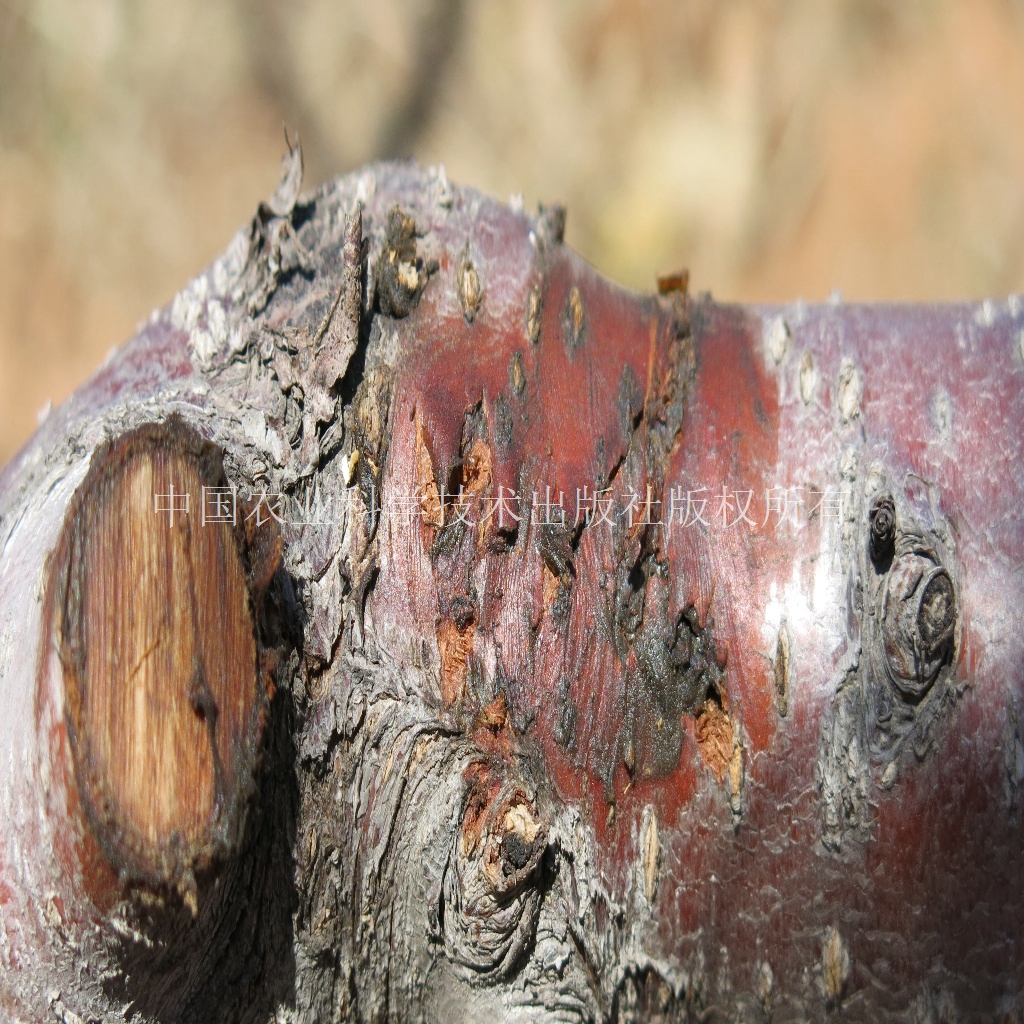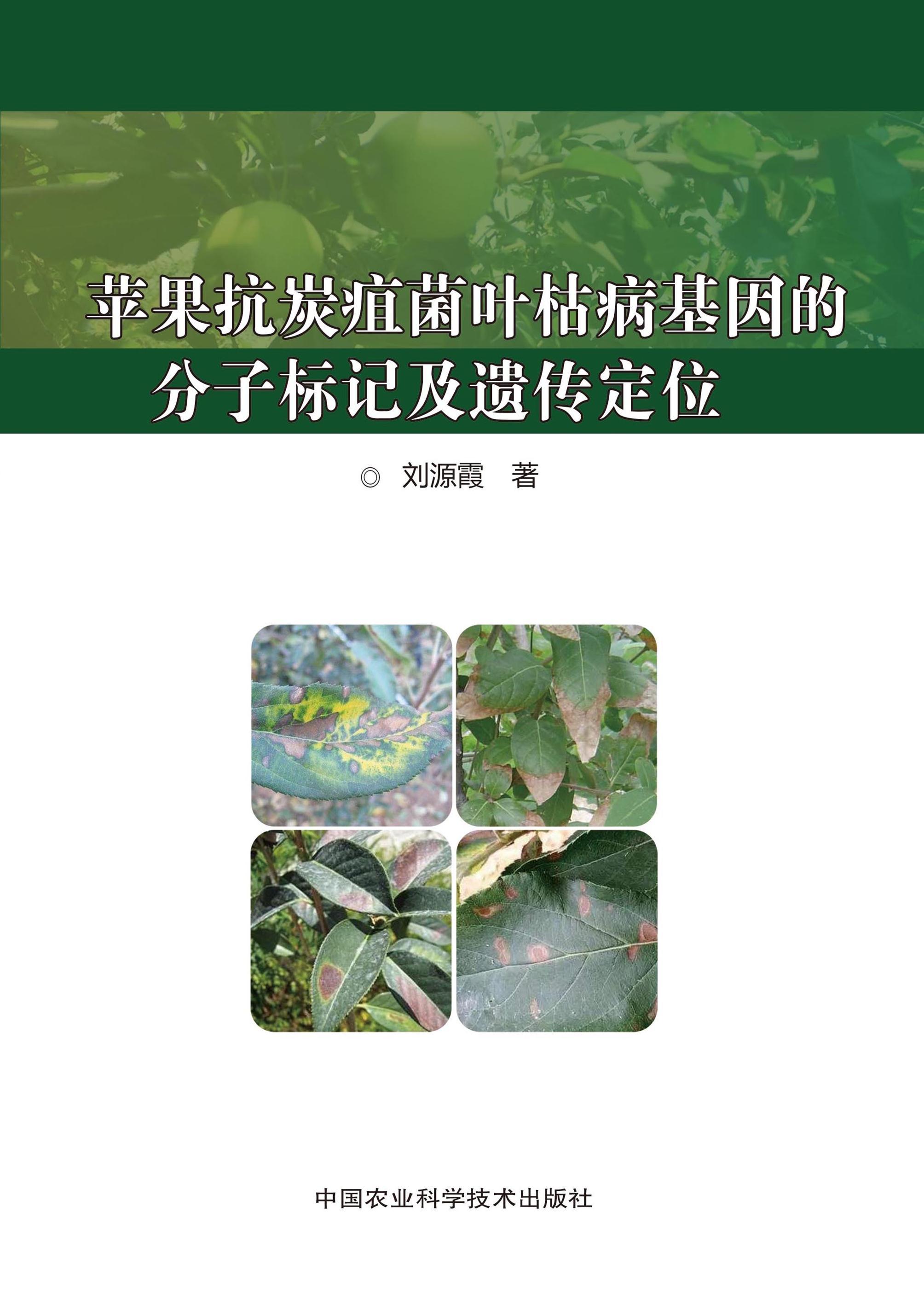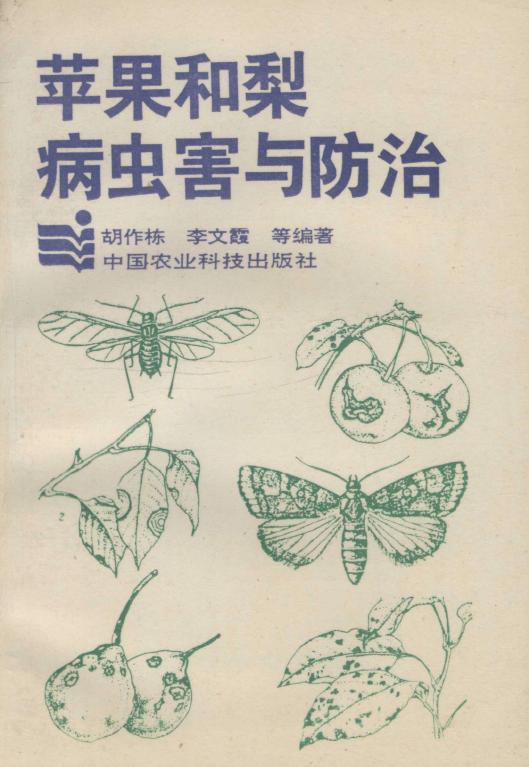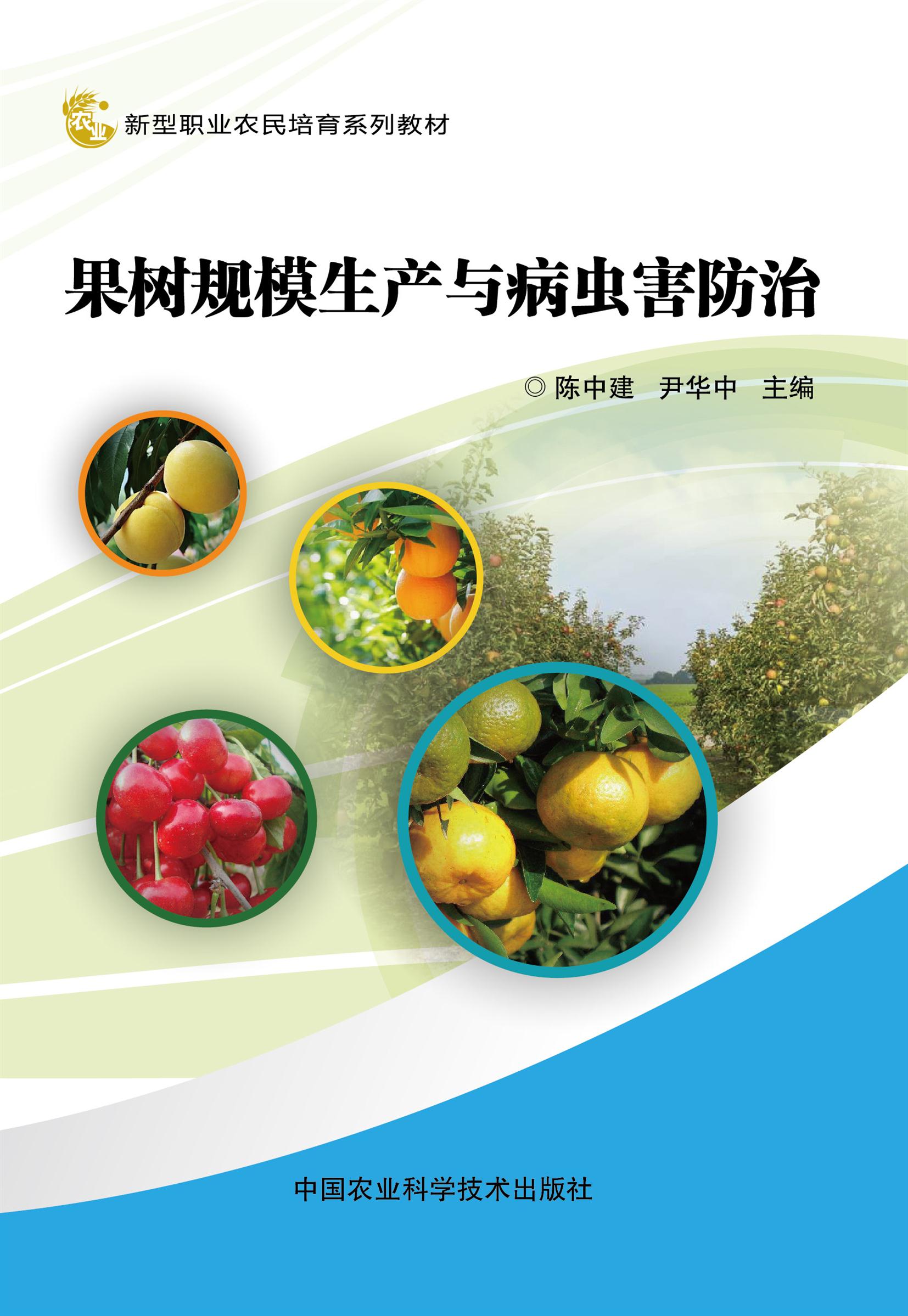Study on Epidemic Pattern of Rice Stripe Virus and Its Control
Rice stripe virus(RSV)is a kind of virus disease which spread through vector of planthoppers L.striatellus.It is hard to prevent and control once rice is infected with RSV,and suffer a great loss of rice yields.In recent years,the incidence rate of RSV in north Zhejiang province is speeding up because of altering of cropping system and fitness of climate.Such as in Jiaxing city,disaster area reached to 17600 hectare in 2007 and became one of the cities which were heavily infectious with RSV.Therefore,the epidemic pattern of RSV and its control countermeasures had been investigated for several years.An integrated control of RSV was established on the basis of optimizing single control method and extended application for other paddy fields,which efficiently prevent and control incidence and spreading of RSV.The results of investigation and research were summarized as bellows.
1 Epidemic Pattern of RSV
1.1 Incidence of RSV
1.1.1 Continuous enlargement of disaster region and area It can be concluded from research on disaster region of RSV in Jiaxing,Zhejiang province that RSV was only infected in few paddy fields of Haiyan county and Xiouzhou district in 2002,and incidence rate of small towns was just 8.3%;but incidence rate increased quickly,and increased to 65%in 2004 and about thirty-nine towns were invaded by RSV;and till 2006,the rice of all the small towns were infected by RSV and incidence rate increased to 100%.And today,RSV has been spreading to each town in Jiaxing,Zhejiang province.In terms of disaster area,only few places were infected in 2002;but raised greatly in 2004 and reached to 12600 hectare in 2005,which was about 9.94%of late rice field;andreached to 17600 hectare in 2007,which was about 13.9%of total rice area.
1.1.2 Peak period of diseases incidence in field It was observed that initial period of RSV incidence was mid June,and about twenty to twenty five days after rice sowing,and had two incidence peaks in single cropping rice:the first peak was in mid July and another was in mid August.The two incidence peaks were resulted from RSV transmitted by the first and second generation of L.striatellus respectively,and the first peak was higher than the second,and disaster incidence became stable after mid August.According to investigation on early rice fields in 2006,the diseased-hill and diseased-tiller rates of first incidence peak reached 18.5%and 3.77%respectively,and became 4.23%and 1.58%at the second incidence peak,which was resulted from different numbers of L.striatellus of two peaks.Because of fitness of temperature and host(such as wheat field and weeds),number of first generation L.striatellus was larger and easily transmitted RSV,which caused higher disaster incidence.However,because of higher temperature,number of second generation L.striatellus was smaller and uneasily transmitted RSV,which resulted lower disaster incidence.
1.1.3 Early rice field heavier than late rice field Damage intensity extent of RSV was closely related with the sowing period,earlier sowing usually caused heavier disaster incidence.From investigation of different sowing time in 2006,the average diseased-hill and diseased-tiller rates of rice fields sowing in 15th May was 16.3%and 4.05%respectively,which increased about 65.8%and 59.4%over that in 20th May(9.89%and 2.54%),about 81.59%and 94.8%over that in 29th May(3%and 0.81%),and about 94.9%and 94.81%over that in 6th June(0.83%and 0.21%).According to investigation in 2007,the diseased-tiller rate of rice fields sowing in 16th May,23rd May,30th May and 6th June was 5.18%,7.31%,7.90%and 0.70%respectively.There existed significant difference of disaster incidence of different sowing time.The heavily disease infected rice fields usually concentrated in sowing in mid May,which was higher than that sowing in late May and mid June,and nearly had no infection of RSV in rice fields sowing after mid June.
1.1.4 Transplant rice field heavier than direct seeded rice field RSV incidence in transplant rice field was obviously heavier than direct seeded rice field based on general investigation of Jiaxing city,which resulted from rice field was apt to suffering of L.striatellus and spreading RSV because of early sowing time,such as in Xiuzhou distinct,the average diseased-tiller rate of transplant rice fields sowing in mid May was 3.86%,but direct seeded rice field sowing in late May was only 0.71%.
1.2 Relationship between rate of viruliferous planthoppers and disease occurrence
From 2005 to 2007,we investigated disease incidence after inoculation of RSV to planthoppers with no control of planthoppers in Xiuzhou distinct,Jiaxing.The result was that there was no viruliferous planthopper,disease incidence was lower,the diseased-tiller rate of early and mid sowing rice fields was 3.1%and 1.2%respectively,and there was no disease incidence in late sowing rice fields in 2005.In 2006,rate of viruliferous planthopper was 2.01%,and the diseased-tiller rate of early,mid and late sowing rice fields was 18.5%,10.1%and 1.16%respectively.In 2007,rate of viruliferous planthopper was 3.68%,and the diseased-tiller rate of early,mid and late sowing rice fields was 21.5%,19.5%and 2.7%respectively.It was concluded from the above investigation that rate of viruliferous planthopper was closely related with disease incidence,and the formeracted an important role to the latter.
1.3 Disease-resistance of different rice species
Based on general investigation on disaster incidence of major rice varieties planted in Jiaxing,Xiuyu5 was the most infective,the average diseased-tiller rate was about 3.78%,about 90%rice fields were infected and the highest diseased-tiller reached 11.2%.The other major rice varieties,such as Jia991,Xiushui110 and Xiushui09 were also heavily infective,and the average diseased-tiller rate was over 1%,but Jiahua1 and Jialeyou2 were slightly infective and the average diseased-tiller rate was about 0.89%and 0.31%respectively.
2 Analysis of Higher RSV Incidence
The incidence of RSV was mainly determined the number of viruliferous planthopper,fitness of peak of viruliferous planthopper with rice sowing,climate and different disease-resistance of rice species,which were also the main parameters of disease monitoring.From analysis of RSV rising,spreading and extending in north Zhejiang,we can conclude the below reasons.
First was the large number of viruliferous planthopper.In recent years,population quantity of L.striatellus was keeping on rising,which increased the incidence of RSV.One of the reasons was high population density of planthopper during late rice heading period.Based on investigation of Jiaxing Station of Disease and Pest Monitoring in min October from 2005 to 2007,most L.striatellus concentrate and did harm to the rice heading,and there was about four million planthoppers per 667m2 rice fields and the heavily infected rice fields reached over five million per 667m2.Another reason was high population density of spring wheat field.From investigation on numbers of planthoppers in wheat fields before harvesting,there was about 2981000 planthoppers per 667m2 wheat fields and the heavily infected wheat fields reached over 10000000 per 667m2.Many hibernacles were also the reasons of the large number of viruliferous planthopper.L.striatellus can hibernate in many places,such as Gramineae seeds in side of agriculture lands and ditches,and there was about 5454000 planthoppers per 667m2 seed fields according to investigation in mid May,2007.
Second was high rate of viruliferous planthopper.It was resulted from bio-assay of RSV in Jiaxing Academy of Agricultural Sciences from 2005 to 2007 that viruliferous planthoppers were widely distributed and rate of viruliferous planthopper was high.Among the detected samples from seven counties in Jiaxing from 2006 to 2007,all of the samples were infected with RSV,but just two of four countries samples in 2005 detected RSV.Rate of viruliferous planthopper in 2005,2006 and 2007 was about 1.47%,3.25%and 2.86%respectively.Based on research of Japanese scientist,RSV can be prevalent when rate of viruliferous planthopper was over 3%,RSV will be much prevalent if rate of viruliferous planthopper reached 12%.
Third was weakness of rice disease-resistance.Based on investigation,major late rice varieties in keng rice region of north Zhejiang were absent of disease-resistance,such as Xiushui09,Xiushui110,Jia991 and Xiuyou5,which increased prevalence of RSV.
county200520062007Haiyan3.462.272.62Nanhu2.432.400.67Xiuzhou0.02.013.68Jiashan0.02.032.03Pinghu—6.730.99Haining—3.372.22Tongxiang—3.933.79average1.473.252.86

Table 1 Bio-assay result of rate of viruliferous hibernating planthoppers from 2005 to 2007 in Jiaxing, Zhejiang
Four was fitness of variety and cultivation condition.The expanding areas of wheat,the rising areas of winter-fallow paddyfields and wasteland were apt to hibernating and propagation of L.striatellus.The earlier sowing in some single cropping rice fields,especially rice fields sowing in mid and late May,when rice seedling was in coincidence with peak rate of viruliferous planthopper,easily caused concentrated transmission of RSV and caused heavier disaster incidence.
3 Control Countermeasures to RSV
Control of RSV should be based on prevention,take measures of"kill pests and control disease,cut the chain of spread,and adopt integrated control of RSV"with a thought"control wheat field and protect rice field,control prophase and protect anaphase,control this year and protect next year",and integrate"resisting,avoiding,cutting,controlling,supplying,altering"into management countermesures.
Resisting:introduction and extension of disease-resistance rice species.Main rice species planted in Jiaxing were disease-sensitive species,such as Xiushui09,Jiahe128,Jiahua1,Jia991 and Xiushui110.In order to better control disaster incidence,we should decrease the sowing areas of disease-sensitive species,and introduce and extend disease-resistance rice species,such as Jialeyou2,which had good resistance to RSV.
Avoiding:delaying sowing time and avoiding peak rate of viruliferous planthopper.The top number of the first generation of L.striatellus occurred in mid and late May,which was in accordance with high rate of viruliferous planthopper and caused rice to be heavily infected.Therefore,delaying sowing time and homochronous sowing were advocated on agricultural production.Such as,the sowing areas were diminished to 25700 hectare in Jiaxing before June,which was about 20.3%of the total rice fields in 2007.But sowing during first twenty days in June reached 97600 hectare,which was about 77.1%of the total rice fields in 2007.
Cutting:worsening the condition of L.striatellus.One was to cut weeds and clean fields.Weeds in agricultural lands,field ridge,pitch ridge and side of road were the important breeding place of planthoppers.Therefore,we should try our utmost to clear weeds and cut the chain of host.Another was plowing five days before sowing or transplanting.
Controlling:carrying out chemical control during proper period.(1)Control of L.striatellus inspring wheat field and seeds.RSV is a kind of virus disease which spread through vector of planthoppers L.striatellus.RSV can be prevented by the control of planthoppers.The planthopper population in spring wheat field and seeds will directly affect RSV incidence of the whole year.Therefore,to diminish the planthopper population and gain the active control,planthoppers of wheat field and seeds should be completely controlled one time in mid April.The method was to spray 100~120ml of 40%durshan per 667m2.(2)Treatment of rice seeds.Seed treatment is a better way to control disease transmission of early rice seedling.The method is to immerse dry rice seeds into 10%imidacloprid or 5%fipronil for 48 hours and then accelerate germination.(3)Strengthen control of planthopper during rice seedling(early time of direct seeded rice field).After rice seed sprouting,adult planthoppers immigrate to rice fields,which meet the peak period of RSV transmission and will increase the rate of disaster incidence.The method was to spray 100~120ml of 40%durshan per 667m2 and repeated spraying after eight days.(4)Control of planthoppers during the growth period.Growing period in paddy field was the key point of control,the top population of planthopper nymph of second generation occured from mid and late June to early July,and these period was the best time to control planthopper.After mid July,L.striatellus of third and forth generation can be controlled along with Nilaparvata lugens and Sogatella furcifera.The biggest population of L.striatellus occurred from late September to mid October,and could be controlled in main spike and decreased the hibernation number of planthoppers and lessened the control pressure of next year.
Supplying:In rice fields where rice had been infected with RSV the disease plant was to pull out in time and break the chain of disease,and prevent transmission of RSV again.To improve ability of disease-resistance and lessen rate of disaster incidence,2%ningnamycin can be integrated into control.
Altering:For the rice field where the diseased-tiller rate was over 70%,we should plough and alter planting in according to the principle of fitness of planting rice or vegetable and reasonably arrange the shifts of rotation.Adjust planting structure of crop was also adopted to control disaster incidence and increase income of farmer.










